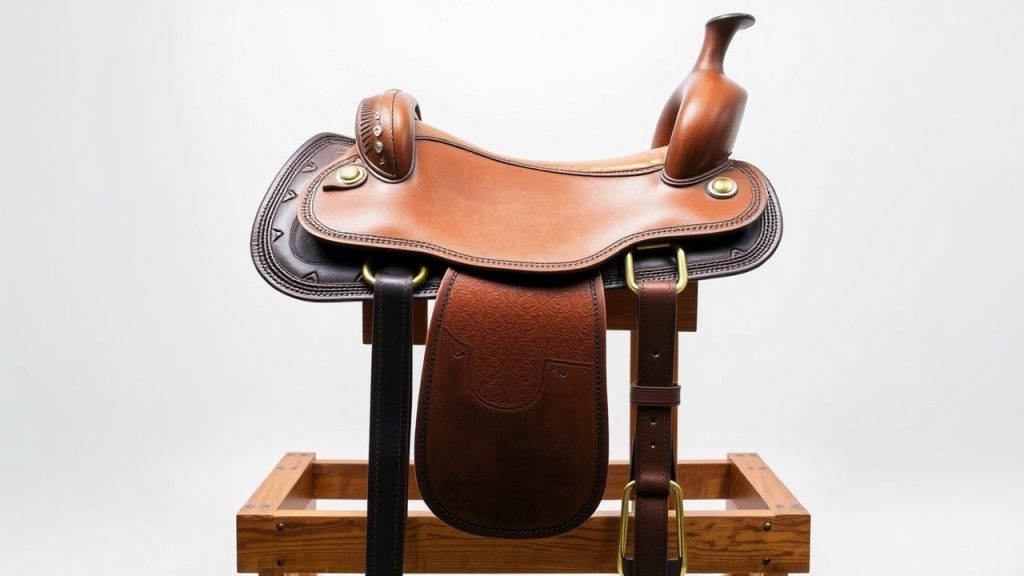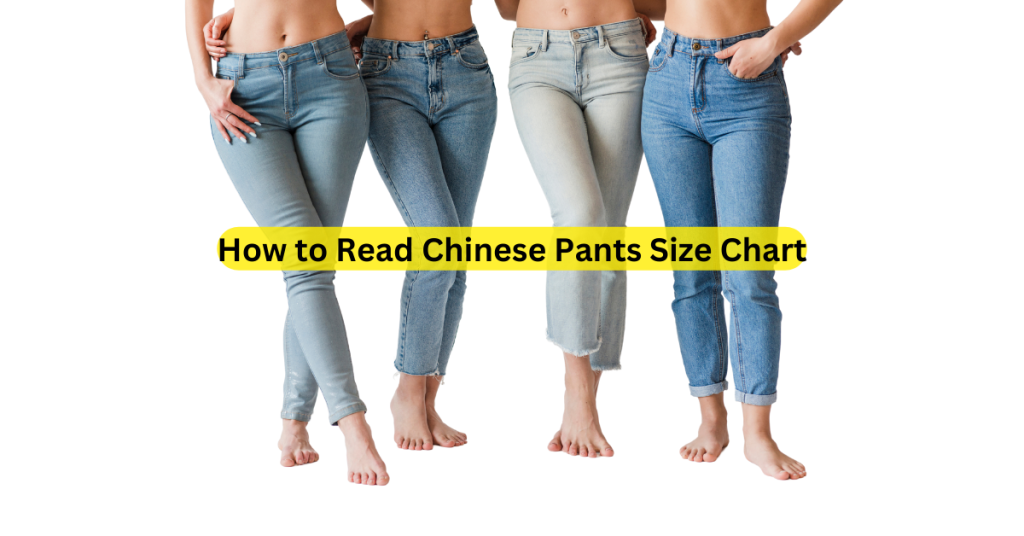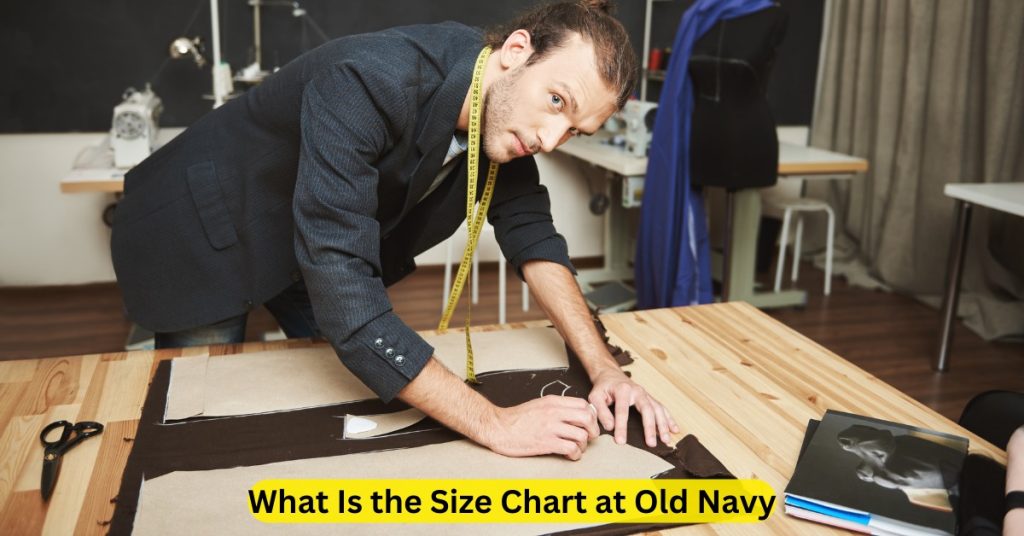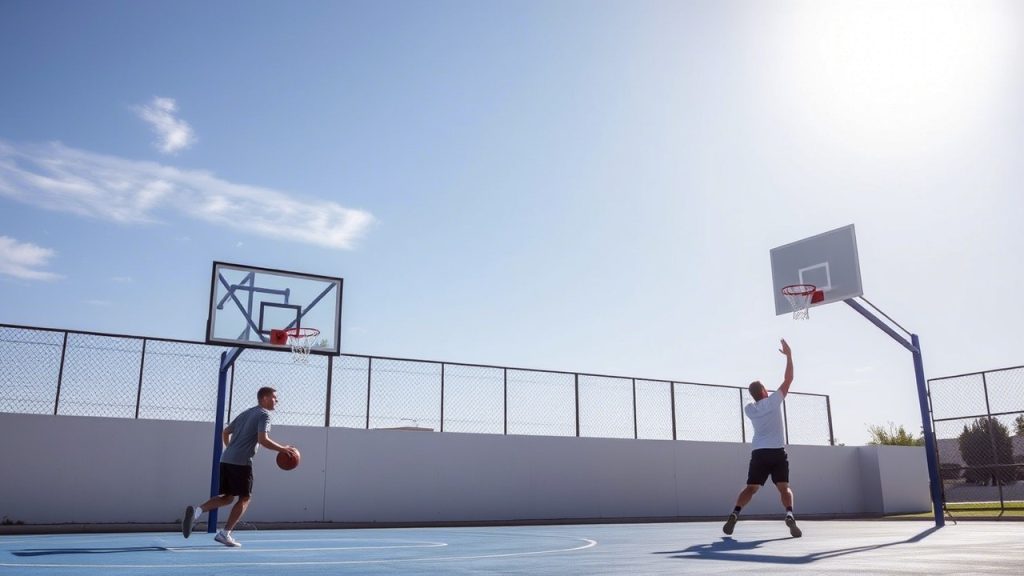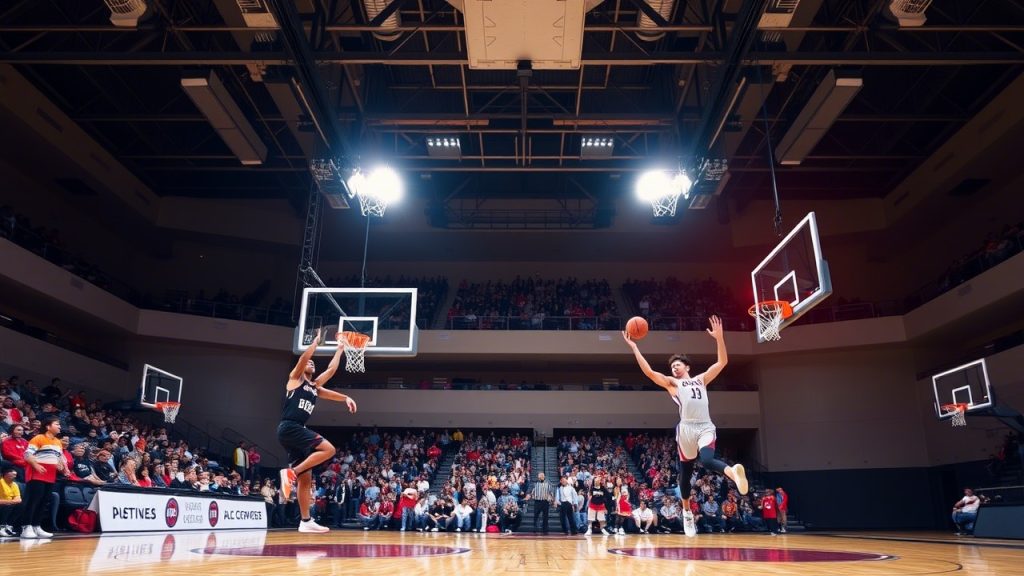Transitioning smoothly between gaits is a key skill for every rider aiming to improve control, comfort, and harmony with their horse. Whether you’re shifting from walk to trot, trot to canter, or coming to a halt, your saddle plays a pivotal role in how well you and your horse coordinate these movements.
If you struggle with balance or fluidity during transitions, upgrading your saddle could make a significant difference. The right saddle can improve rider stability, distribute weight evenly, and allow better communication through seat and leg aids. We explore 14 best horse riding saddle ideas that help riders achieve smoother transitions. We’ll cover different saddle types, features to look for, and top picks to fit various riding styles and budgets.
Why Does Your Saddle Matter for Smooth Transitions?
Before diving into specific saddle ideas, let’s understand why the saddle itself impacts your ability to make smooth gait transitions:
- Balance and Stability: A well-designed saddle offers better rider balance, reducing bounce or slip when the horse changes pace.
- Weight Distribution: Proper weight distribution means the horse feels less resistance, encouraging willingness to transition.
- Close Contact: Saddles that allow close contact improve communication between rider and horse, enhancing timing of aids.
- Comfort: Both rider and horse comfort affects how confidently you perform transitions without tension.
- Correct Positioning: Saddles that support a correct seat position ensure your hips and legs help signal transitions clearly.
With these principles in mind, let’s explore saddle ideas designed to help you achieve that smooth, seamless transition every rider dreams of.
1. Close Contact/Jumping Saddles
Close contact saddles are popular among jumping riders because of their minimal padding and forward-cut flap design. They allow for a very close feel between rider and horse.
- Why for transitions? The close contact saddle enhances communication, making it easier to give subtle aids for quick and smooth gait changes.
- Best for: Jumpers, eventers, riders wanting a responsive feel.
- Example: CWD SE01 Close Contact Saddle — renowned for lightweight design and great balance.
2. Dressage Saddles with Deep Seats
Dressage saddles feature deep seats and long flaps that encourage a long leg position. They provide excellent rider stability for precise aids.
- Why for transitions? The deep seat helps riders stay grounded during transitions, especially trot to canter, promoting smoothness.
- Best for: Dressage riders, riders focusing on precision and control.
- Example: Stubben Genesis Dressage Saddle — excellent thigh support and seat depth.
3. All-Purpose Saddles
All-purpose saddles are versatile, suitable for various disciplines, making them ideal for beginner riders working on transitions.
- Why for transitions? Balanced design and moderate padding allow riders to feel connected yet comfortable.
- Best for: Beginners, casual riders, trail riders.
- Example: Wintec 500 All-Purpose Saddle — affordable, durable, and beginner-friendly.

4. Treeless Saddles
Treeless saddles have no rigid tree, allowing closer contact and flexibility.
- Why for transitions? The freedom of movement enhances horse comfort, reducing resistance during transitions.
- Best for: Horses with sensitive backs, riders seeking natural movement.
- Example: Barefoot Arizona Treeless Saddle — flexible and supportive for both horse and rider.
5. Endurance Saddles
Endurance saddles prioritize comfort and weight distribution for long rides, often featuring ergonomic design.
- Why for transitions? Smooth transitions are essential on long rides to conserve horse energy; these saddles aid subtle aids.
- Best for: Trail and endurance riders.
- Example: Tucker Endurance Saddle — lightweight, designed for extended comfort.
6. Western Saddles with Deep Seat
Western saddles often have deep, supportive seats and sturdy construction.
- Why for transitions? The deep seat helps riders stay secure during gait changes like lope to walk.
- Best for: Western pleasure, ranch work, trail riding.
- Example: Circle Y Flex2 Trail Saddle — combines comfort with good balance.
7. Synthetic Saddles
Synthetic saddles are lightweight, low maintenance, and usually budget-friendly.
- Why for transitions? Their lightweight design promotes rider ease and less fatigue, aiding smoother cues.
- Best for: Beginners, budget-conscious riders.
- Example: Tucker Synthetic Trail Saddle — combines durability with comfort.
8. Saddles with Adjustable Gullet
An adjustable gullet allows you to customize the saddle fit to your horse’s changing shape.
- Why for transitions? Perfect fit means less discomfort for the horse, encouraging better gait transitions.
- Best for: Growing horses, fluctuating condition.
- Example: Wintec Pro Dressage Saddle with Easy Change Gullet System — offers flexibility for changing horses.
9. Saddles with Knee Rolls and Thigh Blocks
Knee rolls and thigh blocks enhance rider leg stability.
- Why for transitions? These features help keep legs steady, preventing unwanted movement that disrupts smooth transitions.
- Best for: Jumping, dressage, riders needing extra leg security.
- Example: Bates Caprilli Close Contact Saddle — ergonomically designed blocks.
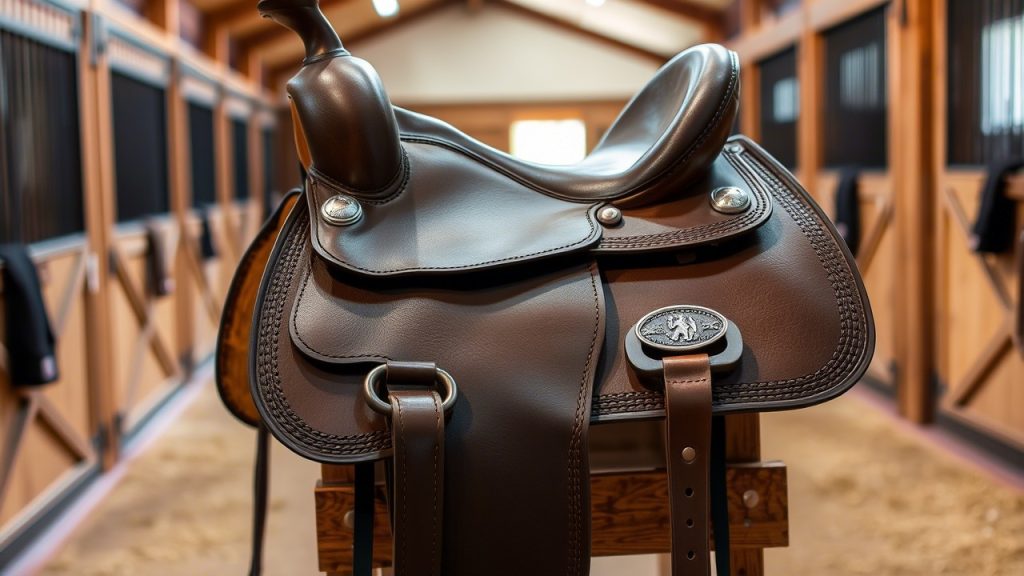
10. Saddles with Shock-Absorbing Panels
Shock-absorbing panels reduce impact on both horse and rider.
- Why for transitions? Less jarring movement allows for softer, more controlled gait changes.
- Best for: Horses with sensitive backs, riders prone to bouncing.
- Example: Prestige X-Breath Dressage Saddle — innovative shock-absorbing technology.
11. Custom-Fit Saddles
Custom saddles are tailored precisely to your horse’s shape and your riding style.
- Why for transitions? Perfect fit leads to ideal weight distribution and superior horse comfort, smoothing transitions.
- Best for: Serious riders, competition horses.
- Example: CWD Custom Saddles — high-end craftsmanship and personalization.
12. Saddles with Narrow Twist
A narrow twist (the part between the rider’s thighs) allows closer leg contact.
- Why for transitions? Enhanced leg contact improves subtle leg aids needed for smooth gait changes.
- Best for: Riders with longer legs or who prefer closer contact.
- Example: Antares Dressage Saddle — offers a narrow twist for rider comfort.
13. Minimalist Dressage Saddles
Minimalist dressage saddles have a sleek design with minimal padding.
- Why for transitions? Closer contact and less bulk enable clear seat and leg aids.
- Best for: Advanced dressage riders.
- Example: Kieffer Dressage Saddle — combines minimalism with support.
14. Hybrid Saddles
Hybrid saddles combine features of dressage and jumping saddles.
- Why for transitions? Versatile seat and flap design help riders adapt quickly between different movements.
- Best for: Eventers, versatile riders.
- Example: Pessoa Hybrid Saddle — balanced design for multi-discipline use.
How to Choose the Best Saddle for Smoother Transitions?
Choosing the right saddle involves multiple factors:
- Your Riding Discipline: Jumping, dressage, trail, or endurance each demands different saddle features.
- Horse Shape and Movement: Saddle fit impacts horse comfort and movement fluidity.
- Your Riding Level: Beginners may prefer more secure, padded saddles; advanced riders may want close contact.
- Weight and Durability: Lightweight saddles help reduce fatigue during transitions.
- Budget: Saddles range from affordable synthetics to costly custom options.
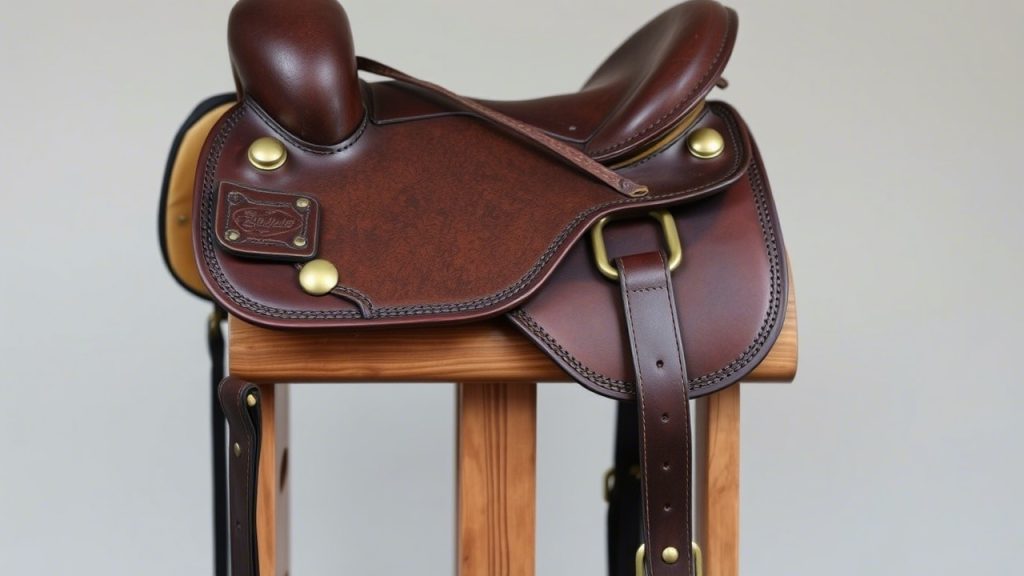
Tips for Improving Smooth Transitions Beyond the Saddle
- Practice balance and core strength exercises.
- Work with a professional saddle fitter.
- Focus on your riding position—shoulders back, heels down.
- Use subtle, consistent aids.
- Regularly assess and maintain saddle condition.
Frequently Asked Questions
1. Can a better saddle really improve my horse’s transitions?
Yes, a saddle that fits both horse and rider properly can greatly enhance communication, comfort, and balance, making transitions smoother.
2. How do I know if my saddle fits my horse well?
Signs of good fit include no pressure points, even sweat patterns, no soreness, and your horse moves freely without resistance.
3. Are treeless saddles good for all horses?
Treeless saddles work well for many horses but aren’t suitable for those needing significant back support or with certain conformational challenges.
4. What saddle type is best for beginners working on transitions?
All-purpose saddles with moderate padding and balanced design tend to be best for beginners.
5. How often should I get my saddle checked by a fitter?
Ideally, every 6 months to a year, or when your horse’s condition or weight changes.
6. Do adjustable gullet saddles affect transitions?
Yes, an adjustable gullet ensures a perfect fit, reducing horse discomfort during transitions.
7. Can I improve transitions without changing my saddle?
Yes, rider position, strength, and skill also play major roles. However, saddle comfort is foundational.
8. Are custom saddles worth the investment?
If you ride frequently and want optimal comfort and performance, custom saddles provide significant benefits.
9. How do knee rolls help with smoother transitions?
They stabilize your leg position, preventing unwanted movement and allowing clearer signals to your horse.
Conclusion
Improving smoothness during transitions is a multifaceted process that depends heavily on saddle choice. From close contact saddles to treeless options and custom fits, the 14 saddle ideas above cater to different needs and riding styles. Prioritizing saddle fit and comfort for both horse and rider enhances balance, communication, and ultimately the harmony of your ride.
Investing time in selecting the best saddle will pay off in more confident, fluid transitions, and a happier partnership with your horse. Remember, the right saddle is not just equipment it’s an extension of your riding skill.

